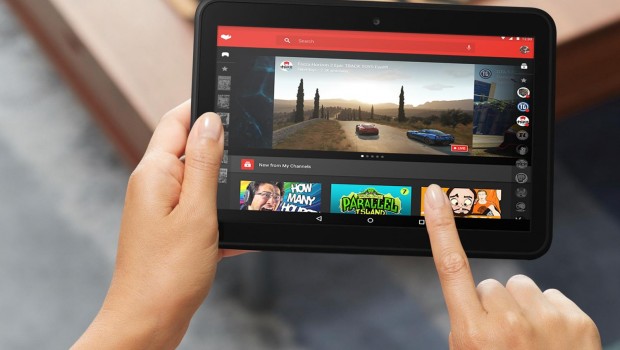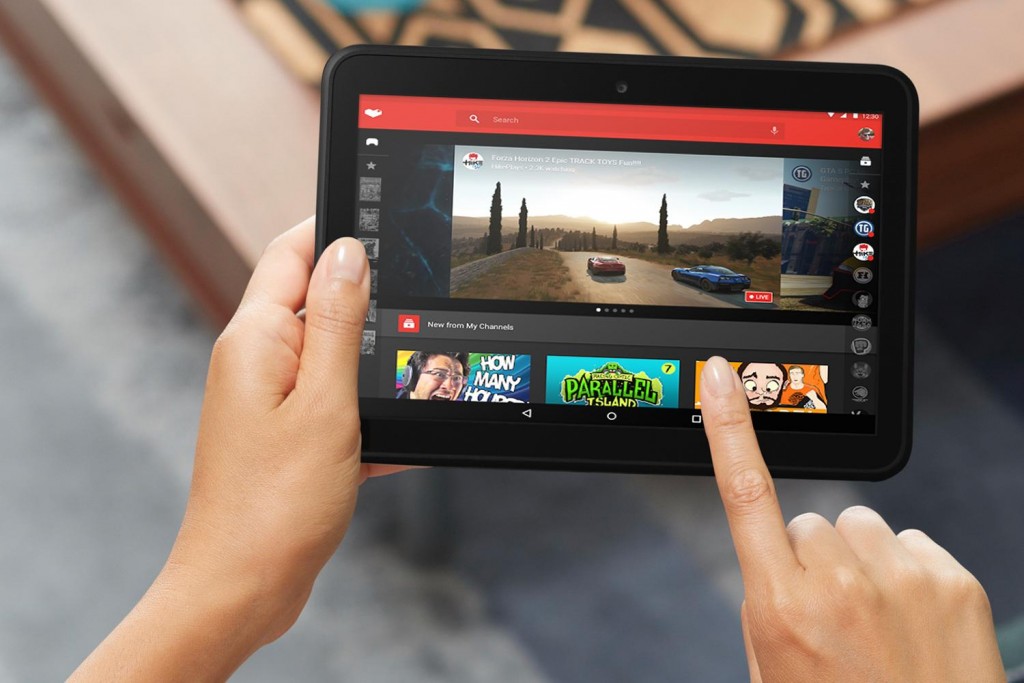YouTube, Mobile Gaming and the Marketing Trends of 2016
Last week, Chartboost, the world’s largest monetization platform for mobile games has acquired Roostr, a self-defined “open marketplace that makes it easy for top mobile game publishers to connect and collaborate with premier YouTube and Twitch content creators”. Chartboost’s move signals the company’s recognition of the increasing importance of online content creators and their YouTube channels as incredibly profitable means for marketing mobile games.
It is easy to see why videogame publishers should turn to YouTube for marketing purposes: the most successful content creator on the video-streaming platform is Swedish Felix Arvid Ulf Kjellberg, A.K.A. PewDiePie, who has gathered more than 40 million subscribers thanks to his “Let’s Play” commentaries, where he plays and reviews all sorts of videogames. As of today, PewDiePie is the most subscribed user on YouTube, a record he has held for three years.
The deal between Chartboost and Roost, is, however, specifically aimed to the mobile gaming market. According to EEDAR, the global market for mobile games was worth $25 billion at the end of 2015, having progressively grown since its “debut” in 2008 with the launch of the App Store. But beyond increasing profits only, there are a number of shifts that have overturned the industry in the last few years: changes in demographics, the growing popularity of freemium apps, the birth of “social” games, the increasing number of “casual whales”, the rise of triple A companies and the ever-increasing marketing budgets the latter are willing to spend to keep absolute dominance over the marketplace.
For indie game developers and budding companies alike, it is fundamental to rethink their marketing strategies and adapt them to the ever-changing nature of the mobile industry. Here is a breakdown of the latest trends in digital media and how they will impact your marketing strategies:
Video and LiveStreaming: As I have mentioned above, partnerships between YouTubers and gaming companies have already proved successful in the past. Thanks to “Let’s Play” channels, companies can offer full-blown previews and recommendations of videogames and products, thus building a sense of user engagement. The rising popularity of video platforms such as Vine, Snapchat and Periscope attest to the increasing need on the part of viewers (and potential customers) to engage visually and interact with brands and companies in a number of different ways: from product showcases to teasers to livestreams where users can actively participate in the conversation, building a sense of community.
Native Advertising: Arguably the most controversial form of web advertising – some say native ads don’t disrupt user experience, on the other hand, some users have felt a discrepancy between what they are reading and indiscreet advertorials – Native advertising is still at the forefront of marketing strategies. It consists, for example, of ads popping up in Facebook’s feed that will match users with brands or people they follow. While pure promotion is certainly frowned upon, companies still believe in hiring PR experts to give their sponsored stories and promoted posts an interesting cut for readers to enjoy and ultimately.. click, click, click.
Mobile: With more than 2 billion smartphone users worldwide, it is unsurprising that the number of people browsing on mobile devices has surpassed desktop users a while ago. Needless to say, this type of advertising is key for mobile game developers. With competition soaring and with the ever-present issues posed by native advertising, the challenge is to find innovative ways to incorporate monetization strategies within mobile apps. An inspiring example is that set by 20 year old Joshua Javaheri, CEO of Lucky Day, who has incorporated ads within the gaming experience, reducing the nagging problem of disruption whilst securing his sponsors’ visibility. Genius!
Big Data: Despite marketers’ uneasiness to deal with “Big Data” – no other than a mélange of traditional and digital data really – this form of indirect communication between companies and users is fundamental to define a marketing strategy: in today’s data-driven market, what your users click, their engagement on social networks, the time they spend online and the transitions they make will be the basis for your analytics and ultimately to guide your advertising efforts.
Social CRM: All the marketing trends I have mentioned above have something in common: they manage to make user experience more engaging and less problematic: two key goals that every company should keep in mind. To this end, social customer relationship management, which has already proven an exceptional way to boost user acquisition, will further boost the link between digital and physical commerce, creating personalized user experience through one-to-one or collective conversations.
About the author:
Virna acts works for Voodoo, a Paris-based mobile game publisher. Passionate about all things social media, marketing and communication, she spends most of her time playing Quiz Run while pretending to work.








![The ePrivacy Regulation and Its Impacts [Infographic]](https://technofaq.org/wp-content/uploads/2019/06/cropped-150x150.jpg)








